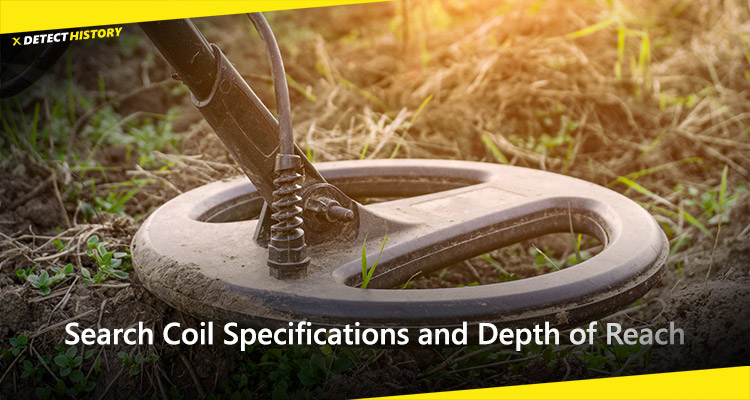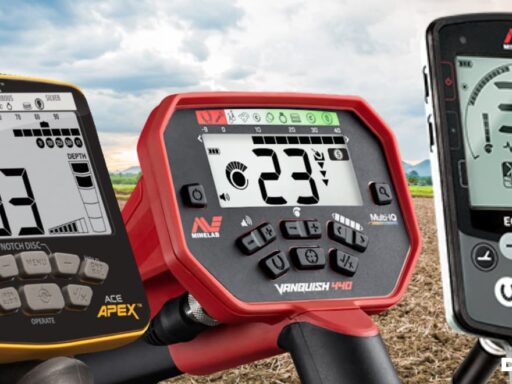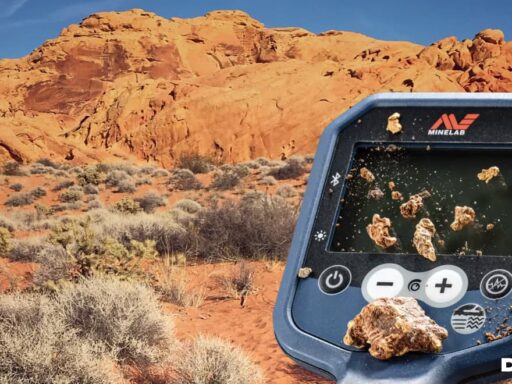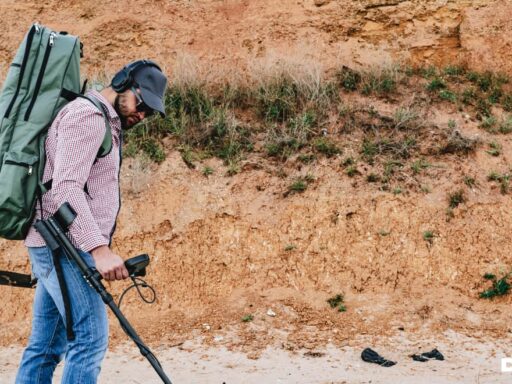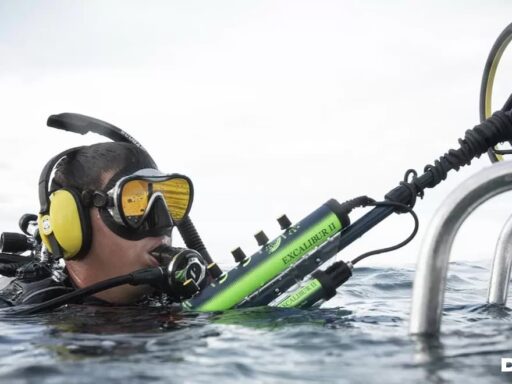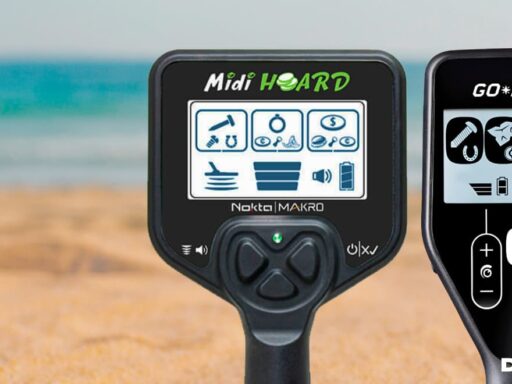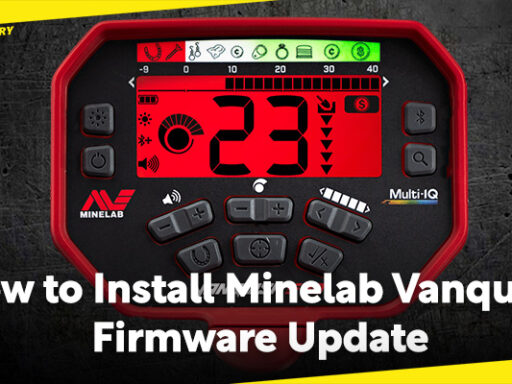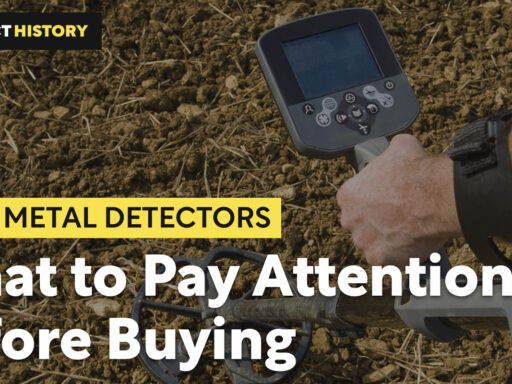Every treasure hunter knows that the depth of reach when detecting depends, mostly, on the size of the search-cull. This is true, because the bigger the coil, the bigger is the patch of dirt combed through. On the other hand, the size of the search-cull suggests only certain targets to be spotted. The reason is easy to explain – for example, a small coin can be spotted on the depth no deeper than around 20 inches, and what is important, the size of the coil does not play a decisive role here.
This is why, to make treasure hunting effective, one has to firstly define the types of targets they are interested in, and only afterwards to choose the search-cull, the frequency, etc.
Criteria That Influence the Choice of the Coil
Obviously, in the majority of cases, the detectorists choose a metal detector in the first place, rarely do we assess coils separately. However, when you have a choice between two similar machines that are compatible with different coils, paying attention to search-cull makes sense. When you choose additional compatible coils, their specifications are what you assess in the first place.
Now, if you are mostly passionate about coins, those coils that are provided in the kit with the majority of metal detectors will work fine for you. They usually have this standard 9-11 inches size, and show nice performance when looking for coins or similar targets.
In case you are more interested in bigger objects, it makes sense to buy an additional search-cull bigger than 12 inches. Keep in mind that some middle-sized coils add depth of reach specifically due to their shape and advanced technologies.
Sensitivity
Sensitivity is the next most crucial aspect after size of the search-cull if you want to get improved depth of reach. The sensitivity to ferrous and color metals is different, and it can become decisive on locations with high amount of trash. Such locations usually give tons of fake signals from worthless objects like bottle caps, tinfoil, etc. Phantom signals caused by power lines or radiointerference are also not rare. Proper sensitivity, especially when it can be adjusted, helps the treasure hunter to filter fake signals and pay attention only to potentially valuable targets.
Frequency
Sensitivity is influenced by frequency to a certain degree, at the same time, the depth of reach can change. The worse the search-cull is when searching for small objects, the bigger is the depth of reach. This is the concept of performance in the majority of single frequency detectors, released by the majority of manufacturers. Roughly speaking, only multi-frequency detectors show the same high sensitivity to small targets when the depth of reach increases. This guarantees more successful treasure hunting overall.
Conclusion
As a result, we can state that the most important factors that define the depth of reach are size of the search-cull and operating frequency. However, you never use search coil in vacuum. Such aspects as level of soil mineralization, the amount of ferrous trash on the location, and general quality of the detector, also influence the results of search.

